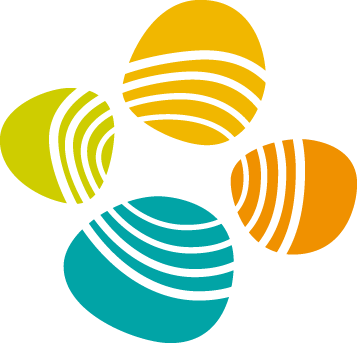dO: A differentiable engine for Deep Lens design of computational imaging systems
Congli Wang, Ni Chen, Wolfgang HeidrichIEEE Transactions on Computational Imaging, 2022

Figure: Our engine dO models ray tracing in a lens system in a derivative-aware way, this enables ray tracing with back-propagation. To be derivative-aware, all modules must be differentiable so that gradients can be back-propagated from the error metric ϵ(p(θ)) to variable parameters θ. This is achieved by two stages of the reverse-mode AD: the forward and the backward passes. To ensure differentiability and efficiency, a custom ray-surface intersection solver is introduced. Instead of unrolling iterations for forward/backward, only the forward (no AD) is computed to obtain solutions at surfaces fi = 0, and gradients are amended afterwards.
Abstract
Computational imaging systems algorithmically post-process acquisition images either to reveal physical quantities of interest or to increase image quality, e.g., deblurring. Designing a computational imaging system requires co-design of optics and algorithms, and recently Deep Lens systems have been proposed in which both components are end-to-end designed using data-driven end-to-end training. However, progress on this exciting concept has so far been hampered by the lack of differentiable forward simulations for complex optical design spaces. Here, we introduce dO (DiffOptics) to provide derivative insights into the design pipeline to chain variable parameters and their gradients to an error metric through differential ray tracing. However, straightforward back-propagation of many millions of rays requires unaffordable device memory, and is not resolved by prior works. dO alleviates this issue using two customized memory-efficient techniques: differentiable ray-surface intersection and adjoint back-propagation. Broad application examples demonstrate the versatility and flexibility of dO, including classical lens designs in asphere, double-Gauss, and freeform, reverse engineering for metrology, and joint designs of optics-network in computational imaging applications. We believe dO enables a radically new approach to computational imaging system designs and relevant research domains.
Paper
paper [Wang2022DiffOptics.pdf (26.2MB)]
supplementary material [Wang2022DiffOptics_supp.pdf (6.3MB)]
code [GitHub repository]
